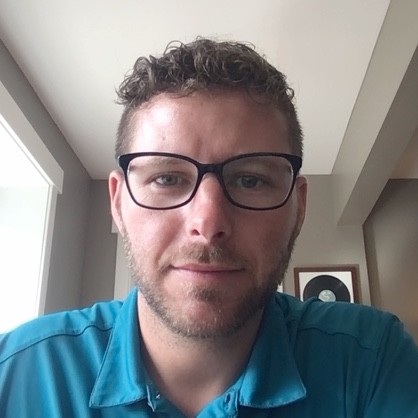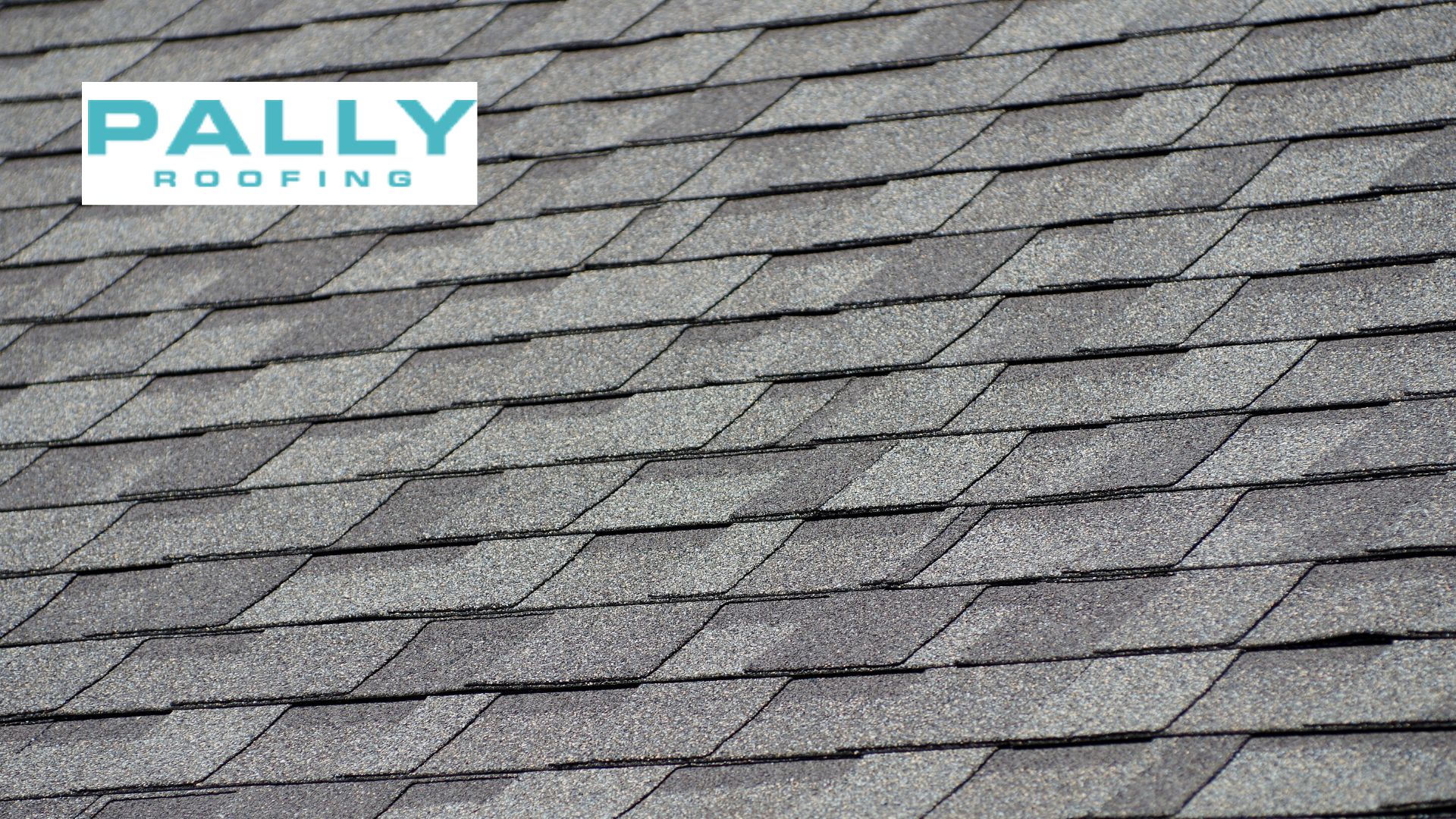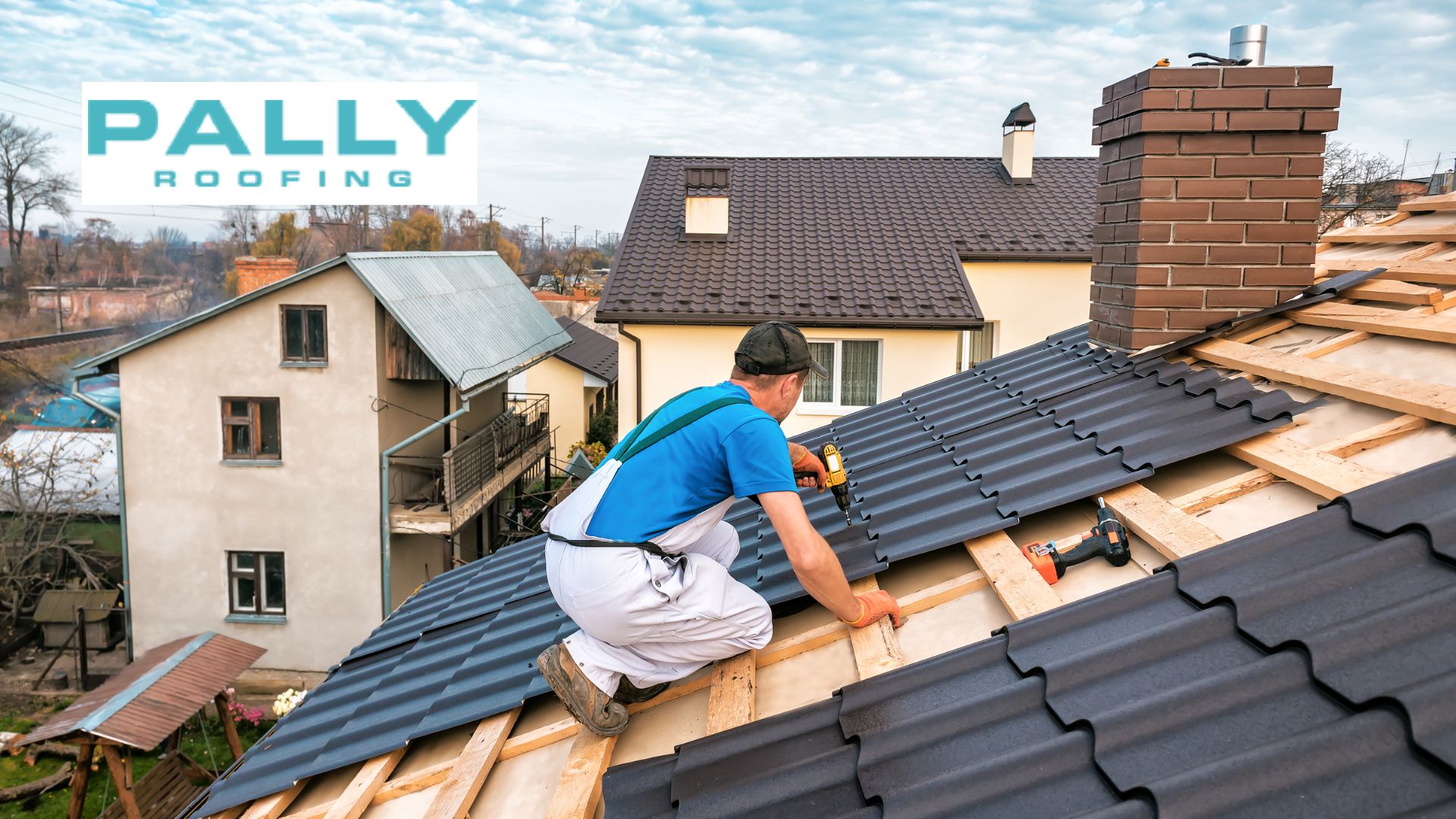Last updated on March 10th, 2025 at 08:57 am
This article will take a look at barn roof, how they’re built, and types of roofing materials for barns. We’ll also explore some of the pros and cons of each material.
Table of Contents
What Are Barn Roofs?
Barn roofs and traditional farming communities are inseparable. The roof is a building’s most important component.Barn roofs offer several benefits, including:
- Weather protection:Barn roofs provide essential protection against rain, snow, wind, and sunlight, safeguarding the contents inside the barn from the elements.
- Thermal insulation: Properly constructed and good horse barn roof materials can help regulate the temperature inside the barn, providing insulation that keeps the interior warmer during winter and cooler during summer months.
- Moisture prevention: An effective barn roof helps prevent moisture from seeping into the structure, reducing the risk of damage caused by water infiltration. This helps maintain the structural integrity of the barn and protects stored items from moisture-related issues such as mold and rot.
Barn roofs come in all shapes and sizes, but they all have one thing in common: they’re subjected to a lot of weathering. The most important factor when choosing a material for a barn roof is that it must be able to withstand the elements for many years without rotting or deteriorating. So what are the best materials for barn roofs?
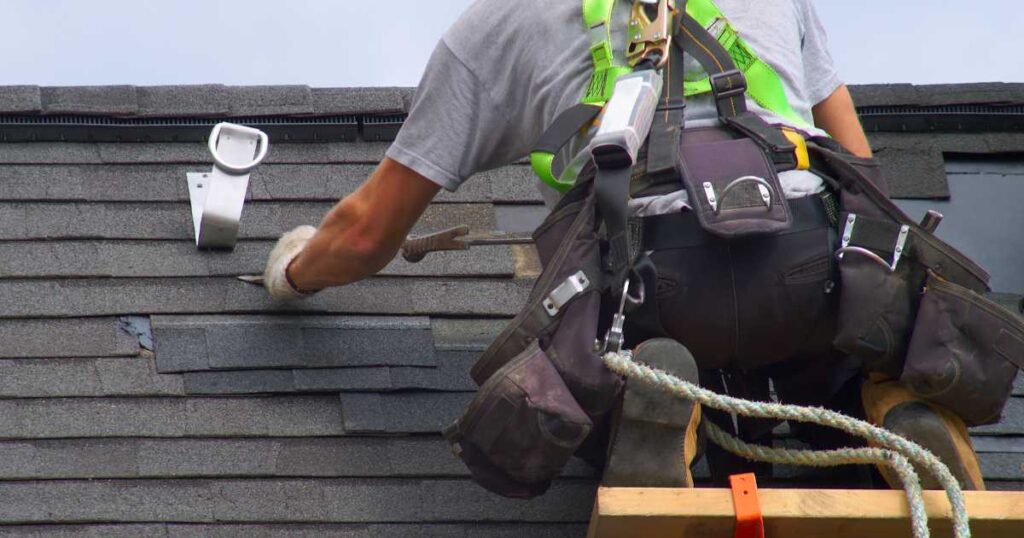
Types of Roofing Material For Barns:
There are several types of roofing materials for barns that can be used, the three most popular options here are wood, metal, and tiles.
1- Wood
Wood is a natural material that’s been used to build barn roofs for centuries. It is easily formed into any necessary shape and is robust and long-lasting. However, wood is also susceptible to rot and decay, so it needs to be treated with a waterproof sealant every few years to protect it from the elements.
Pros:
- Lifespan of over 50 years with proper maintenance.
- Unique and visually pleasing appearance that ages beautifully.
- Provides better insulation, resulting in energy efficiency and lower cooling/heating costs.
- Environmentally friendly when sourced from certified materials.
- Each wooden roof is distinct due to the natural grain and pattern of the wood.
Cons:
- Attracts insects like termites and wood borers.
- Improper treatment can lead to algae and moss growth, causing gaps and potential leaks.
- More expensive compared to materials like asphalt shingles.
- Even with staining and painting, moisture can seep in, causing swelling, warping, and potential water damage and rot.
2- Metal
Metal is a popular choice for barn roofs because it’s strong and long-lasting. It doesn’t rot or decay like wood, and it’s immune to rust and corrosion. However, metal is also quite heavy, so it’s not always suitable for buildings with a limited load-bearing capacity.
Pros:
- They have a life span of 40 to 70 years.
- They offer increased protection against heavy snow and ice damming in cold climates.
- Metal roofs are fire-resistant, providing added safety in warm climates
- They are more durable than shingles in high winds and protect against mold, rot, and pests.
Cons:
- Metal roofs have higher upfront costs compared to shingles.
- Shingled roofing is significantly cheaper but less durable.
- Metal roofs can rust in coastal areas due to salt exposure.
- Some people find the sound of rain on metal roofs to be noisy during storms.
3- Tiles
Tiles made of clay or concrete are common options for their strength, longevity, and aesthetics. They can be customized because they are available in a range of colors and styles. It’s important to remember that these tiles are hefty and that the barn’s construction needs to be able to hold their weight.
Pros:
- Tile roofs have a long lifespan, often lasting 60 to 100 years.
- Tiles are resistant to rot, decay, and insect infestations.
- Tile roofs are often made from sustainable materials and can be recycled.
- The thermal properties of tile roofs can help with insulation and reduce energy consumption.
- Tile roofs require minimal maintenance over their lifespan.
Cons:
- Tile roofs can be more expensive compared to other roofing materials.
- Installing tile roofs can be more complex and time-consuming compared to other options.
- The weight of tile roofs may require additional structural support.
- Tiles are more prone to cracking or breaking if walked on or subjected to impact.
- Some roof slopes may not be compatible with tile roofs due to water drainage issues.
Types Of Barns
Metal Barns:
A metal barn is a steel structure that is an improvement over a traditional wood barn. One of the many wonderful features of a metal barn is its excellent structural framework. Steel barns are designed to endure harsh weather conditions like snow and strong winds. These metal barn buildings are available in three different sizes: small, large, and industrial. Moreover, the metal barn can be utilized for any purpose, including workshop barns, residential barns, and livestock storage.
Metal Barn Roofing Materials:
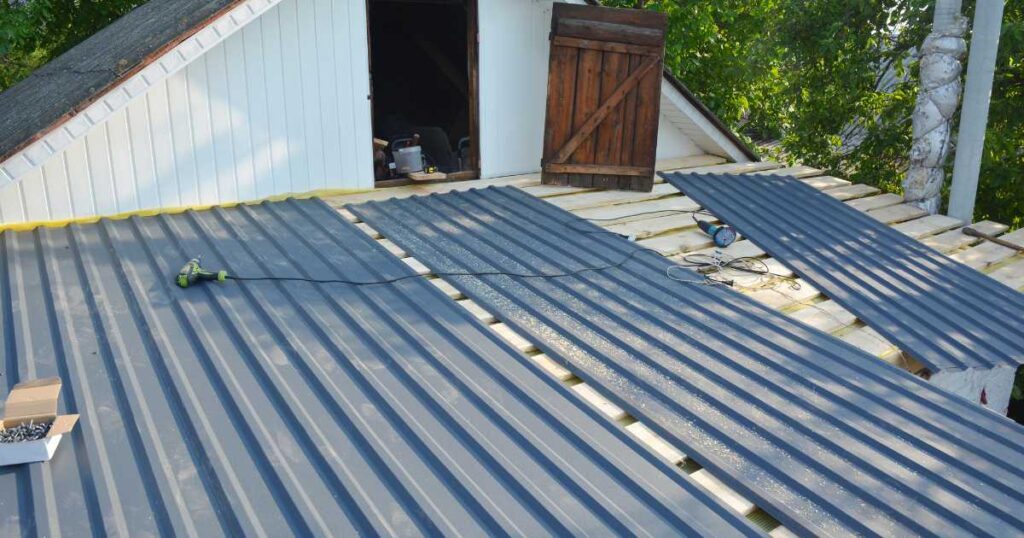
Apart from steel, there are several other metal barn roofing materials in use too.
- Aluminum: Aluminum roofs are very reflective, lightweight, and resistant to rust. Because of its softer metal composition, it is prone to denting but strong against wind and hail. Aluminum roofs can reduce heating and cooling expenses by up to 20% and cool down more quickly. Because they are composed of about 95% recycled material, they are environmentally friendly. However, the color options are limited and their cost can surpass that of steel roofing by up to 20%
- Copper: Despite being the most expensive metal roof option. It has several benefits. Its eye-catching reddish-brown hue gradually turns green when a patina forms on it. Copper roofs are antibacterial and don’t rust or need to be painted for over a century. They are appropriate for cold locations because they can withstand snow and ice as well.
- Zinc: Zinc roofing is a durable copper alternative popular in Europe. It develops a unique patina and offers eco-friendly, long-lasting, and low-maintenance benefits. However, drawbacks include potential white rust, higher cost, and unpredictable patination. A protective layer of zinc to metal surfaces, usually steel, is applied to stop rust and corrosion, making them an appropriate galvanized barn roofing material.
- Steel: Steel is highly recyclable and considered an environmentally friendly option. It is the least expensive among metals like aluminum, zinc, and copper.
Pole Barns:
A pole barn, also known as a pole building, is a spacious agricultural structure without a basement, featuring a high ceiling and open interior spaces. The frame of the pole barn is constructed using laminated wooden posts, which are prefabricated and engineered for durability. These buildings are versatile and can be used for various purposes, such as garages, workshops, hobby sheds, storefronts, event centers, horse stables, or even primary residences.
Pole Barn Roofing Materials:
- Metal: Metal roofs are the preferred pole barn roofing material in Ohio due to their long lifespan, low maintenance requirements, lightweight yet durable nature, resistance to environmental factors and pests, and energy-saving properties.
- Shingles: This pole barn roofing material is also popular. They are easy to install, visually appealing, readily available, and relatively easy to maintain. However, shingles are not maintenance-free, can lose granules over time, and have a shorter lifespan compared to metal roofs on pole barns.
Gable Barn:
The gable barn is a classic design characterized by a triangular end and a dual-pitched roof. It originated in the nineteenth century and gained popularity due to its expandability by adding to the gable end. This design offers the option to build a second floor, providing ample living space above a functioning barn.
Gable Barn Roofing Materials:
There are a lot of roofing materials for the gable barn available. They include:
Asphalt: People commonly use asphalt as a roofing material for gable barns, especially when dormers, hips, and valleys are present, as it helps reduce the risk of leaks. Asphalt shingles offer weather resistance and are available in various colors and styles.
Metal: Metal roofs are a durable option for gable roofs, as they can withstand extreme temperatures, wind, and hail. They require minimal maintenance.
Tile: Tile roofs are another durable choice, with a lifespan of 60 to 100 years. They are weather-resistant and easy to maintain. However, the weight of the tiles makes installation more complex and costlier compared to asphalt shingles.
Cedar: Cedar shake, a wooden material, is one of the popular roofing materials for gable barns due to its ability to resist leaks around dormers and other areas. While cedar shake roofs have an appealing aesthetic, they require more maintenance and are susceptible to water damage.
Why Choose Pally Roofing:
Range of Barn Roofing Materials
Pally Roofing understands that barn roofs require specialized solutions, and that’s why they provide a diverse selection of roofing materials specifically designed for barns. Whether you prefer metal, steel, wood, or another material, Pally Roofing has the perfect option to meet your requirements.
Professional Installation Services for Barn Roofs
Installing a barn roof requires skill and precision, and Pally Roofing excels in providing expert installation services. Their team of highly trained professionals ensures that your barn roof is installed to the highest standards, guaranteeing its durability and longevity.

Durable and Reliable Roofing Solutions
With Pally Roofing, you can trust that their barn roofing materials are built to last. Their products are known for their durability, resilience against harsh weather conditions, and resistance to impact, ensuring that your barn is well-protected for years to come.
Contact Now:
Feel free to reach out to them for more information, to schedule a consultation, or to request a quote. Here you will get access to all your needed types of roofing materials for barns.
Author
-

With more than 16 years of hands-on experience, Phillip Schmucker is the knowledgeable owner of Pally Roofing. His dedication to superior roofing services has earned him a reputable place in the industry. Phillip also shares his extensive expertise through writing, providing readers with practical tips and professional advice on various roofing topics. Follow him on LinkedIn.
View all posts


